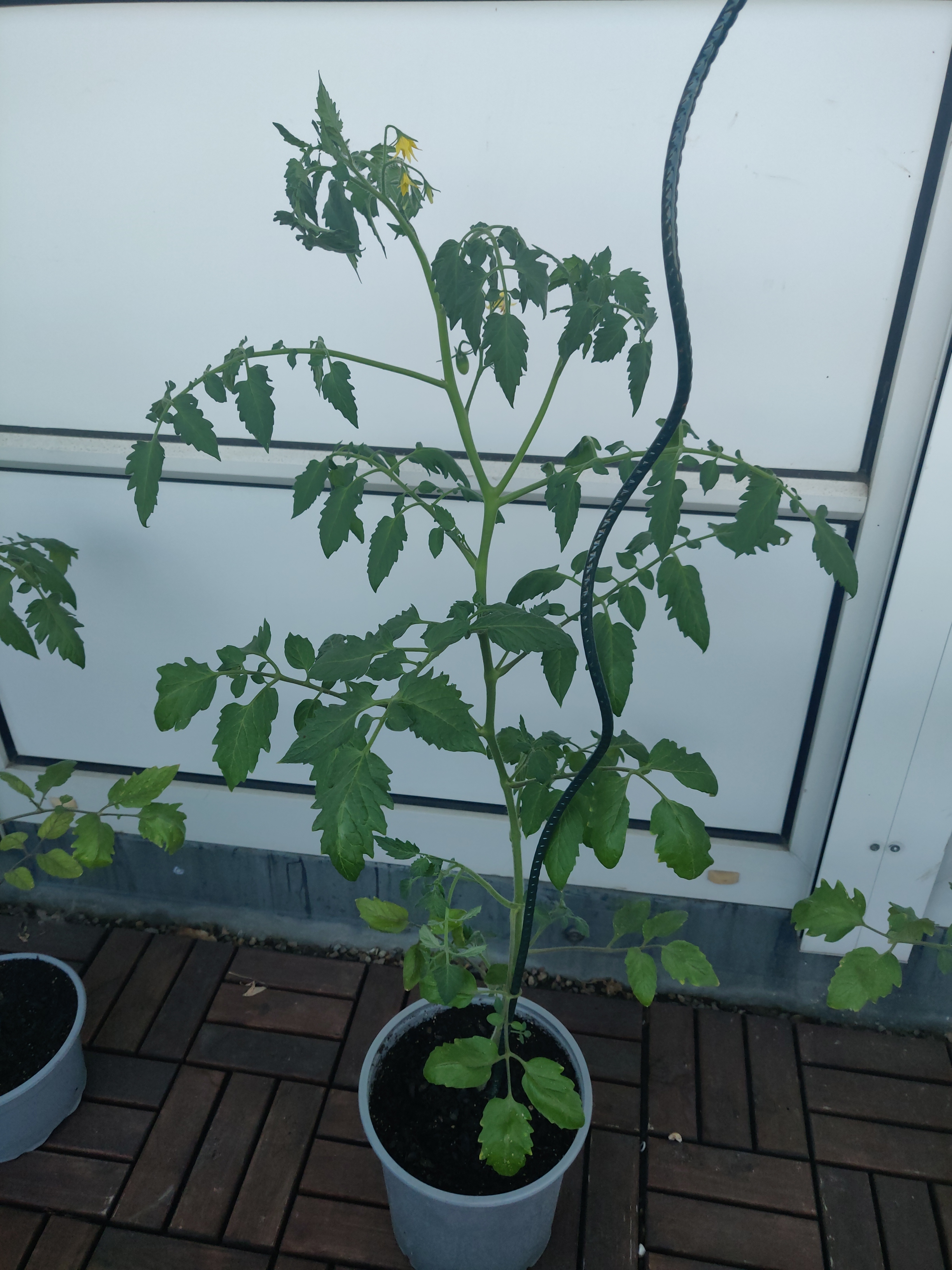this post was submitted on 25 Jun 2023
18 points (100.0% liked)
Nature and Gardening
6656 readers
1 users here now
All things green, outdoors, and nature-y. Whether it's animals in their natural habitat, hiking trails and mountains, or planting a little garden for yourself (and everything in between), you can talk about it here.
See also our Environment community, which is focused on weather, climate, climate change, and stuff like that.
(It's not mandatory, but we also encourage providing a description of your image(s) for accessibility purposes! See here for a more detailed explanation and advice on how best to do this.)
This community's icon was made by Aaron Schneider, under the CC-BY-NC-SA 4.0 license.
founded 1 year ago
MODERATORS
you are viewing a single comment's thread
view the rest of the comments
view the rest of the comments


You don't have to prune at all but it is a useful control technique. Each new sucker that grows will create a new growing tip. That tip will continue to grow in that direction and any new suckers from it later will become their own vines, and so on.
If the tomato is an indeterminate variety, pruning is more important because the plant will tend to out grow the pot if you don't.
You can stop any tip by pinching off the last bit of growth and it won't affect the fruit behind it. Just leave at least one leaf branch above and below where flowers/fruit will set.
Pruning will speed up fruit development also, useful for end of season frost concerns.
If, however, you see "determinate" in the variety description or on the seed packet, don't prune it at all. Determinate varieties stop at a certain size on their own.